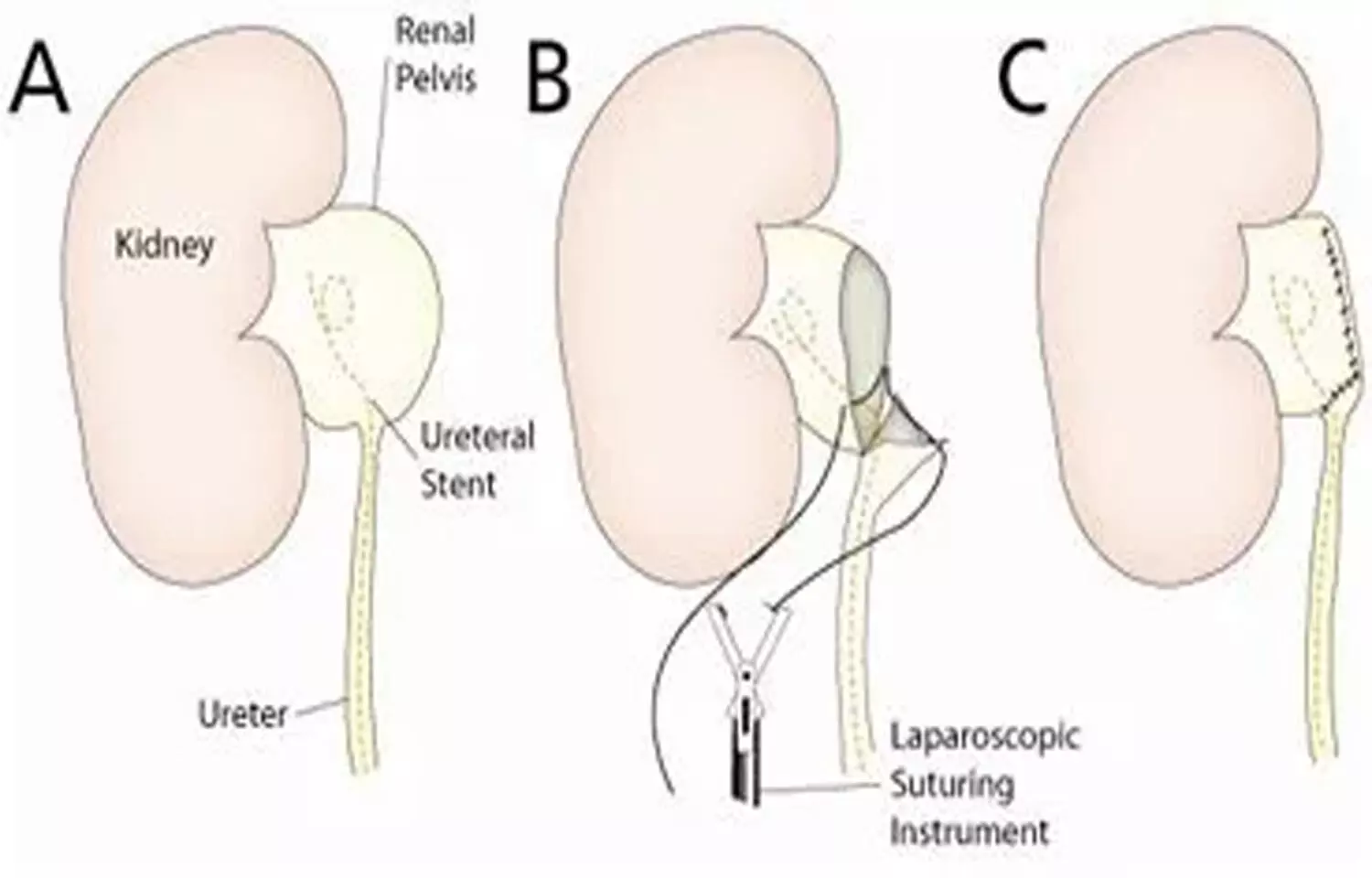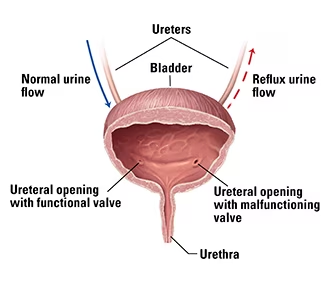Longer distal ureteral resections may significantly lower risk of stricture formation in cystectomy patients

In a groundbreaking study spanning the years 2015 to 2022, researchers have identified a crucial factor influencing the risk of benign uretero-enteric anastomotic stricture (UEAS) formation following cystectomy and urinary diversion. The study found that vascular compromise is a critical factor causing benign uretero-enteric anastomotic stricture. The length of distal ureteral resection also plays a role in the development of these strictures.
The study results were published in the journal Urology.
Benign uretero-enteric anastomotic strictures (UEAS) emerge as a frequent and consequential long-term complication after cystectomy with urinary diversion. Despite the variability in the literature, UEAS can be morbid. Hence, it is necessary to identify the impact of the length of distal ureteral resection on the risk of benign uretero-enteric anastomotic stricture (UEAS) formation following cystectomy and urinary diversion. Hence researchers analyzed a comprehensive database of 366 patients who underwent these procedures, shedding light on the impact of the length of distal ureteral resection on UEAS risk.
An analysis was conducted on a patient database encompassing individuals who underwent cystectomy and urinary diversion between 2015 and 2022. Final pathology assessments included the examination of distal ureteral resections, with the length of the resected ureter gathered from pathology reports. Confirmation of benign uretero-enteric anastomotic strictures (UEAS) involved renal scintigraphy, antegrade nephrostogram, or endoscopic evaluation. The association between stricture formation and various clinical parameters was evaluated using T-tests, Chi-square tests, and multivariable analysis.
Findings:
- The research uncovered that 35 out of the 366 patients (9.5%) developed UEAS following cystectomy and urinary diversion.
- To understand the relationship between distal ureteral resection length and stricture formation, the team examined the pathology reports of 711 uretero-enteric anastomoses.
- Intriguingly, they found that the median distal ureteral resection was significantly longer among cases where a UEAS did not form compared to those where it did (2.3 cm vs. 1.65 cm, p=0.028).
- The study further delved into the temporal aspect of stricture formation, revealing that the median time to UEAS development was 12.5 months.
- Of the 711 uretero-enteric anastomoses, 40 (5.6%) ultimately formed a UEAS.
- Multivariable logistic regression, adjusting for factors such as surgical approach, prior radiation, ureteral side, and urinary diversion type, demonstrated that longer distal ureteral resections were inversely associated with the odds of UEAS formation (OR 0.73, 95% CI 0.58-0.92).
- Intriguingly, the study went beyond mere statistical associations. Multivariable Cox regression analysis showed that the length of distal ureteral resection was inversely associated with the time to stricture formation (HR 0.78, 95% CI 0.62-0.98). This implies that patients with longer distal ureteral resections experienced a delayed onset of UEAS.
This groundbreaking research has potential implications for surgical approaches following cystectomy. The revelation that longer distal ureteral resections, and consequently shorter ureters, are associated with a significantly lower risk of UEAS formation could influence how surgeons approach these procedures, aiming to minimize the risk of postoperative complications.
As the medical community absorbs the implications of this study, it marks a significant step forward in our understanding of UEAS risk factors and opens new avenues for refining surgical techniques to enhance patient outcomes.
Further reading: Das A, Zeng E, Risk M, et al. Shorter ureters lead to fewer strictures following cystectomy and urinary diversion. Urology. Published online December 18, 2023. doi:10.1016/j.urology.2023.12.005
from Medical News, Health News Latest, Medical News Today - Medical Dialogues | https://ift.tt/Cp8GB1c


Comments
Post a Comment